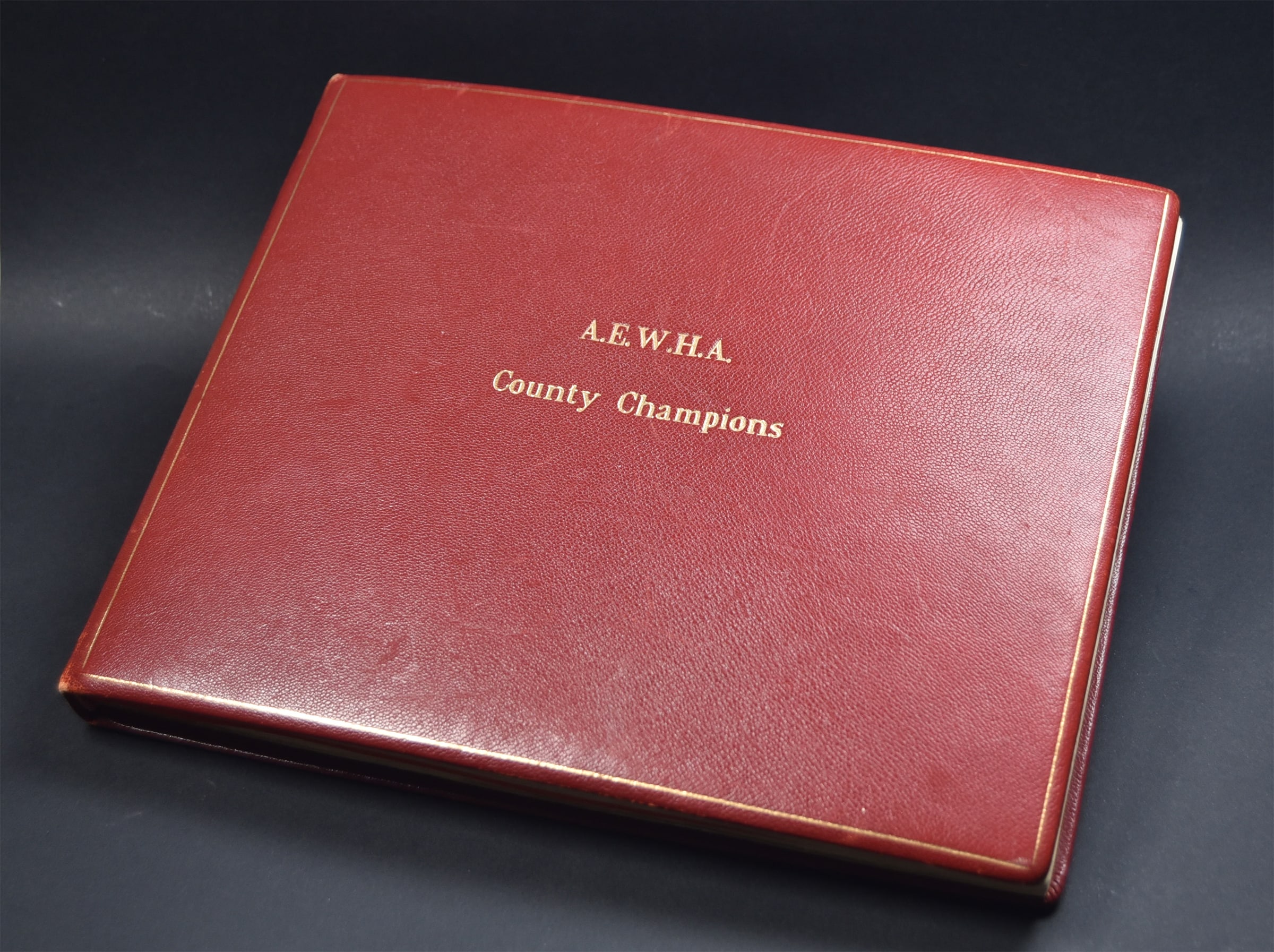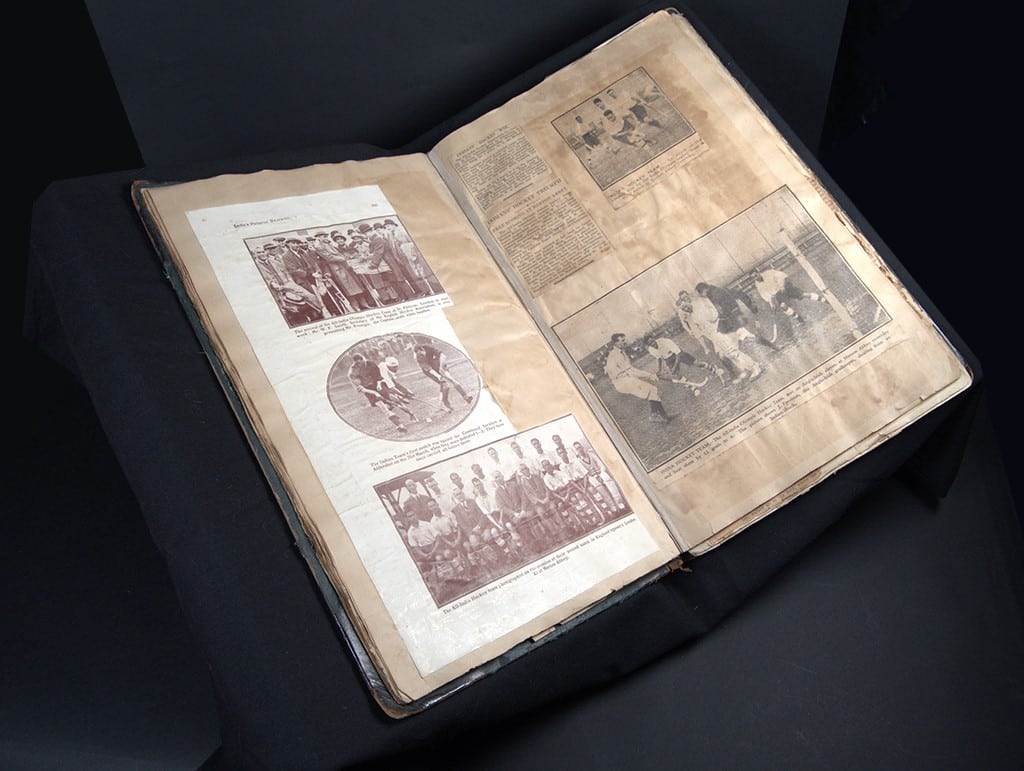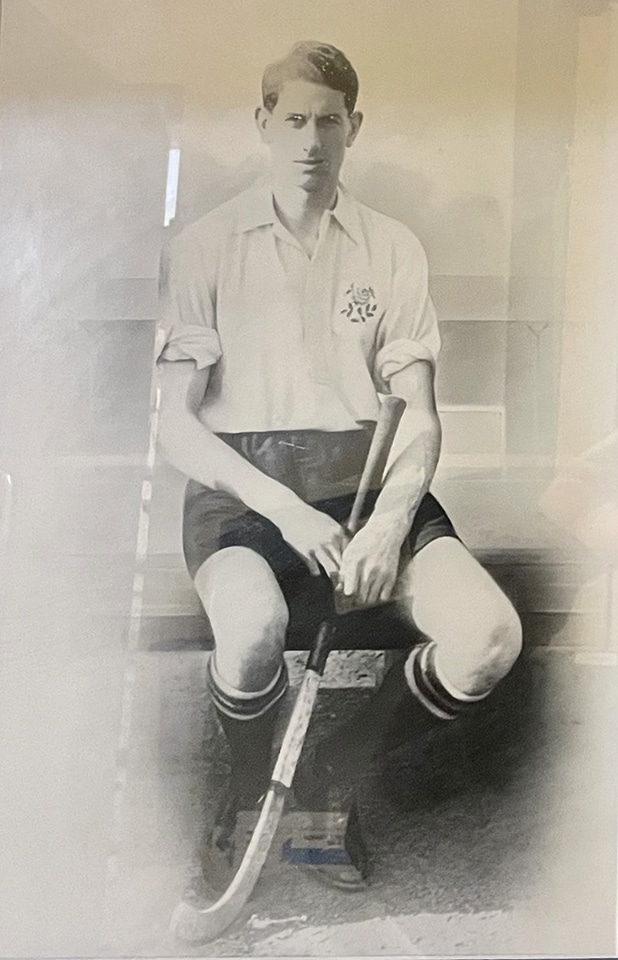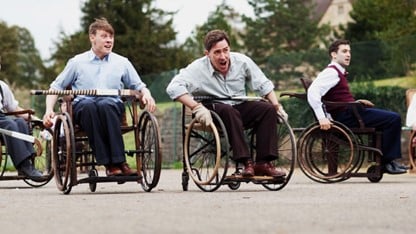The appearance of adult women’s county teams came surprisingly early in the development of the women’s game. In the late 1890s there were moves to persuade the newly formed All England Women’s Hockey Association (AEWHA) to approve of selecting county teams and the formation of County Associations. Chiswick Ladies’ Hockey Club were in the forefront of this move and at a special meeting of the AEWHA in April 1897, the President, Miss I M Faithful affirmed, “The time has now come for the setting up of county teams”. This decision followed a debate among the members whose arguments still hold resonance today when it comes to the pros and cons of representative teams vis a vis club sides:
“The Association will be in danger of losing control of local clubs.”
“Counties would be apt to withdraw members from club games.”
“If clubs have members good enough to play in county or international matches, they should be glad to let them go.”
“The object of the Association’s existence should be to improve the play.”
Women were more than keen to play in county teams and the number of teams grew rapidly. The very early days saw an ‘informal’ approach to selection, but soon counties like Kent, influenced by modernisers like Frances Heron Maxwell, introduced such concepts as ‘county trials’ and a ‘Selection Committee’ to encourage more players from a wider number of clubs to seek county selection. By the start of World War 1, there were 28 women’s County Associations in existence and selecting adult teams on an annual basis. So popular were these teams that many counties were selecting two or three teams and reserves.
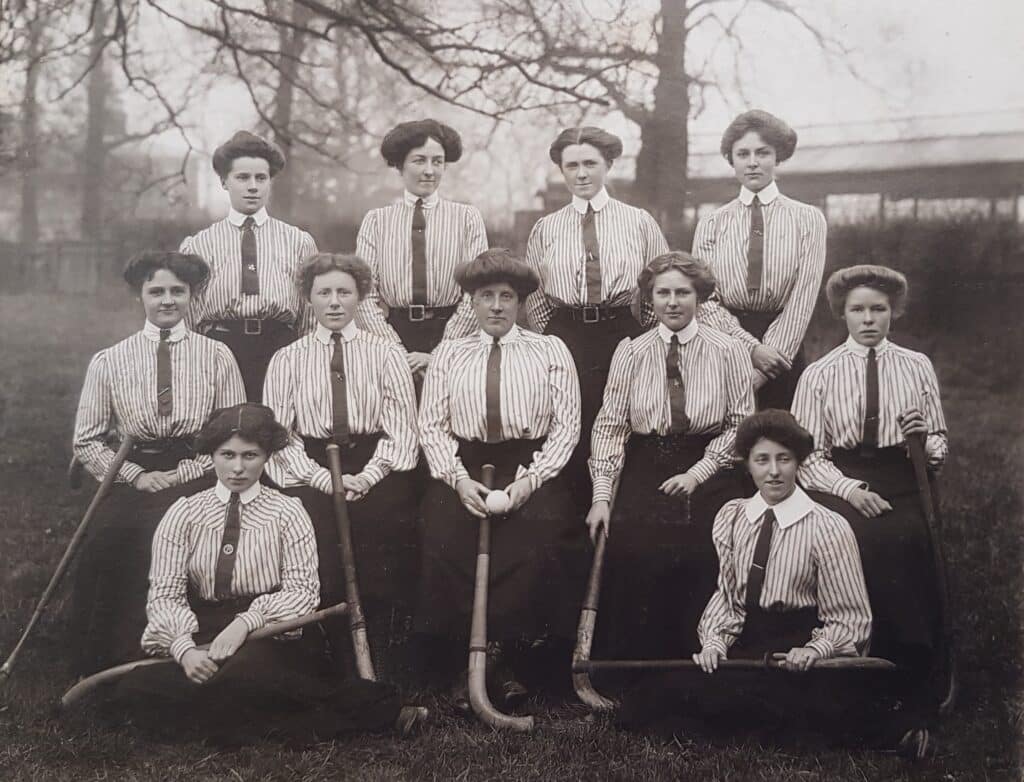
The Middlesex 2nd XI, 1910-11, from the Hilda Light Collection at the University of Bath.
The importance of county hockey was re-enforced by it being the first step on the ladder for players looking to play for England. The system for identifying the best players in the country started with their selection for a county team. This growth of county hockey continued through to the middle of the 20th century with county sides playing in ‘informal’ leagues within their territories (or geographical regions), with final matches being played at a tournament held at central venues over the New Year period. These matches tended to be held over three or four days at seaside venues like Worthing and Western-super-Mare where hotels were plentiful and could be booked at very cheap rates during this winter period. The weather was often awful and the pitches waterlogged or covered in snow, but this didn’t lessen the enthusiasm for the matches or the camaraderie of meeting up with old friends and ‘letting your hair down’ a bit.
By the 1960s there were 43 county teams and in the 1968/69 season, the AEWHA yielded to the pressure to organise a national County Championship Tournament. This first event was organised by Leicestershire at Leicester University grounds and the five territorial/regional winners qualified for the event (i.e. the winners of the Northern Counties, Eastern Counties, Southern Counties, Western Counties and Midland Counties competitions). Two of the teams had to play-off before the finals day to leave four teams who then competed in the two semi-finals and final on the same day. Lancashire and Hertfordshire played out a 1-1 draw in the final and were pronounced joint winners.
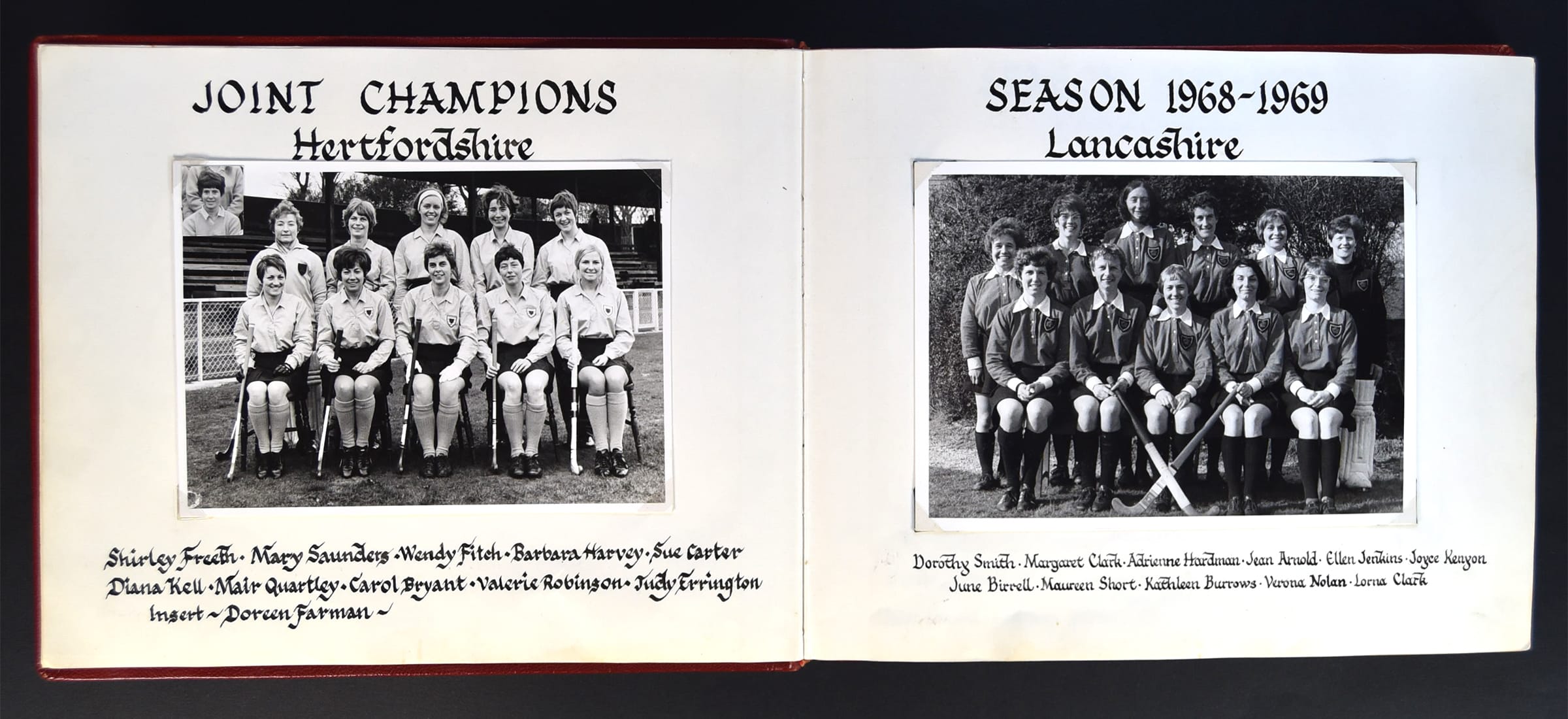
Lancashire and Hertfordshire, joint winners of the inaugural AEWHA County Championship in 1969.
Still in an era when ‘competition’ and ‘trophies’ were not approved of by the AEWHA, the presentation of a leather-bound photograph album to contain the prints of all winning teams was considered a more suitable prize than a silver cup. Over the years this album created a photographic record of all the County Championship winners and was seen as a prized possession for all the winning teams. Maybe the AEWHA were more forward looking than was thought at the time?
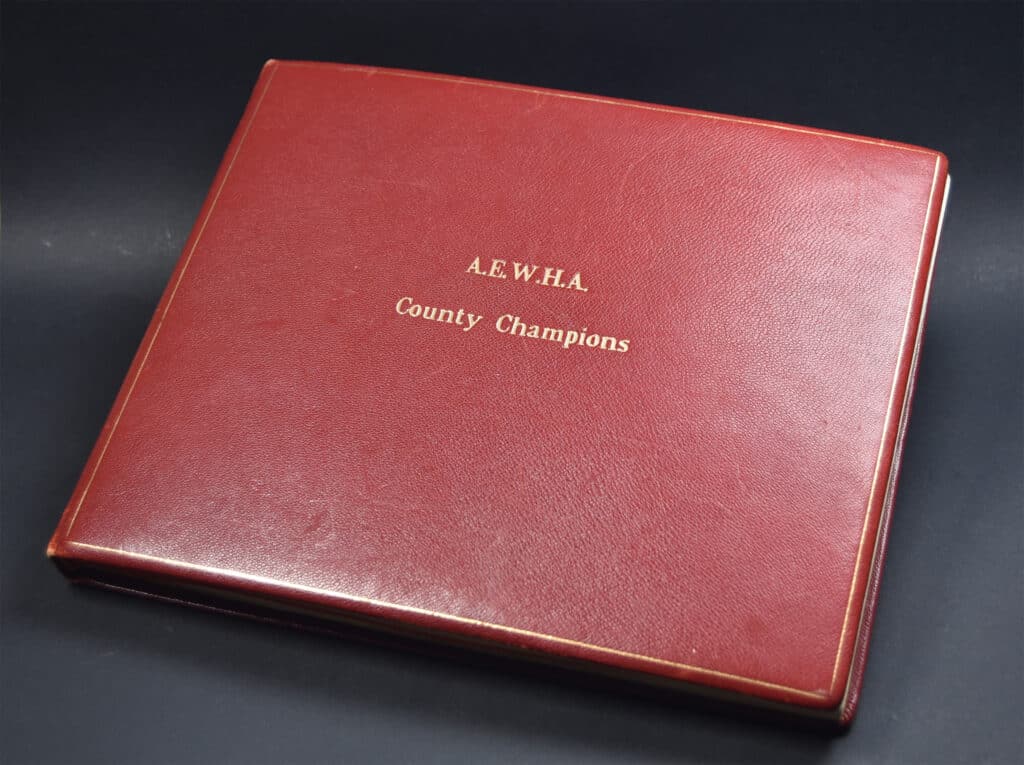
The photograph album which visually chronicles the winners of the annual AEWHA County Championship, serving as a pioneering ‘trophy’ in the era of ‘amateur’ hockey.
The women’s County Championship ran for a further 39 years with the last event held in 2009. Its demise probably started in the early 1990s following the move away from players having to play for county and territorial/regional teams in order to be selected for England and the introduction of the National League for clubs. Whilst it is undoubtedly the case that the introduction of the AEWHA Centres of Excellence, followed by the England Hockey Talent Pathway are better ways to identify and develop players for England selection, there remains a feeling that hockey has lost a wonderful level of competitive hockey for adult women.
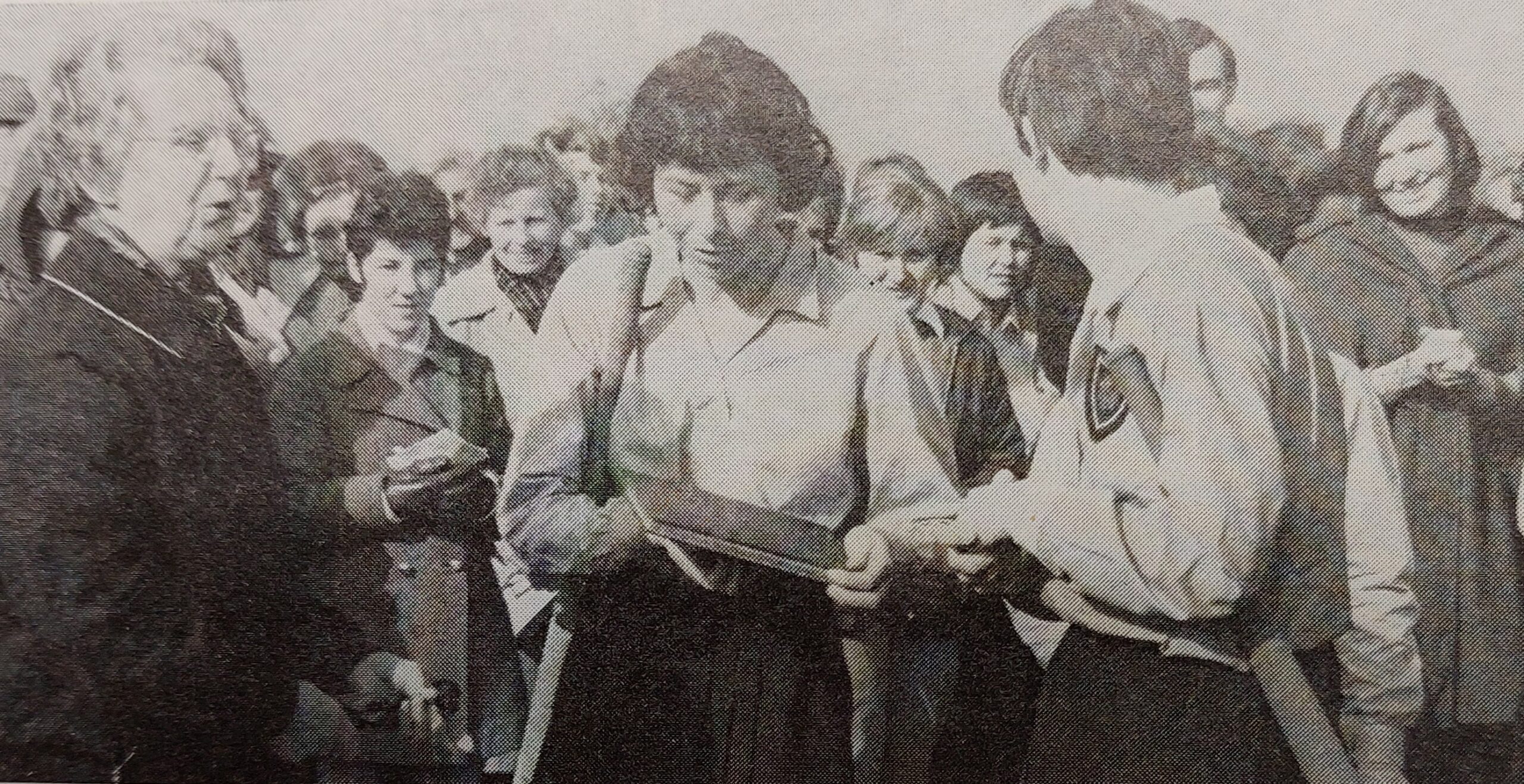
Val Robinson and Marie Birtwistle being presented with the album by AEWHA stand-in President, Doris Crisp, in 1971. From Hockey Field magazine.
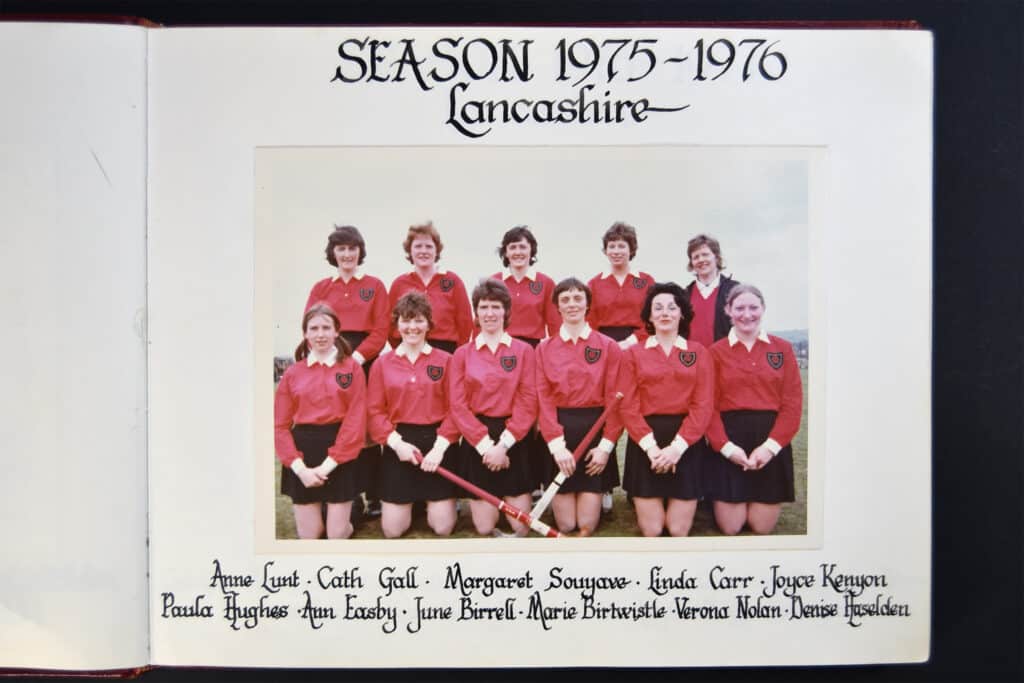
Lancashire (page from the photograph album), winners of the 1975/76 season’s County Championship.
During the 40 years of the County Championship, the title was won by 15 different counties. By far the most successful side was Lancashire who won 13 times. At the height of their success in the 1970s they boasted at least eight England international players in their line-up, including three England captains: Val Robinson, Maggie Souyave and Linda Carr. In the later years when England’s elite players were not available, many different counties saw success with Norfolk winning on three occasions and Cumbria winning twice. These may not be the biggest of counties but the opportunity for these players to find success on the national stage still gave this event an appeal to many.
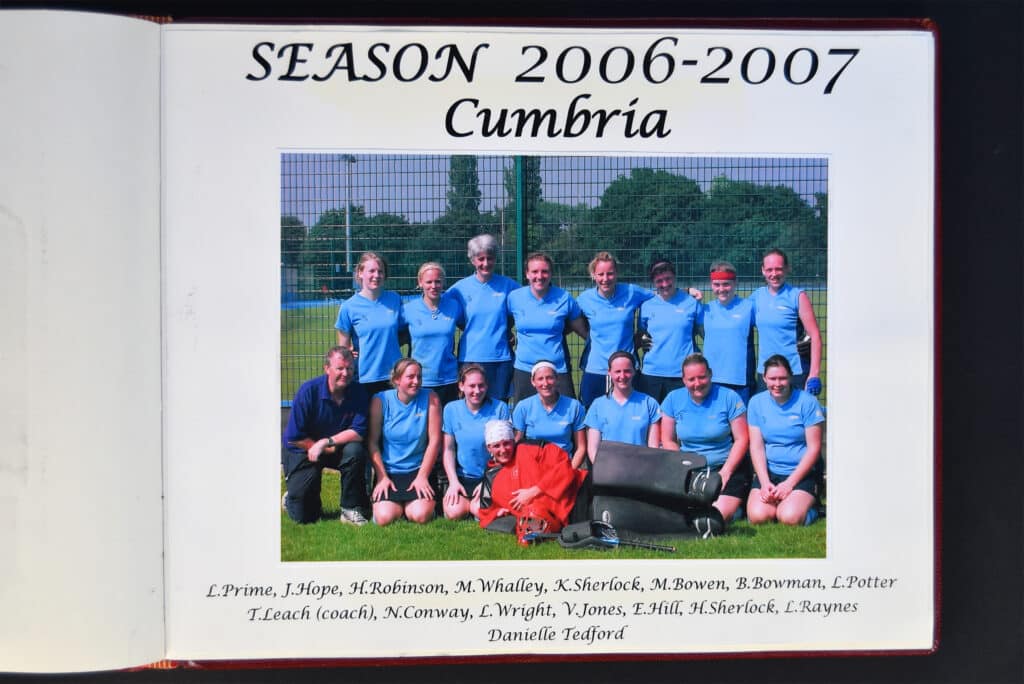
Cumbria (page from the photograph album), winners of the 2006/2007 season’s County Championship.

